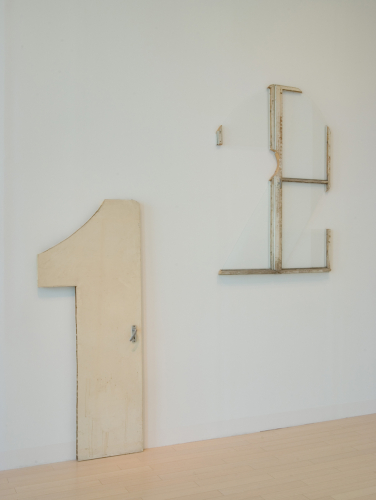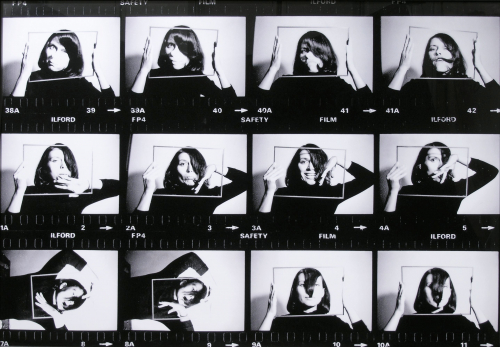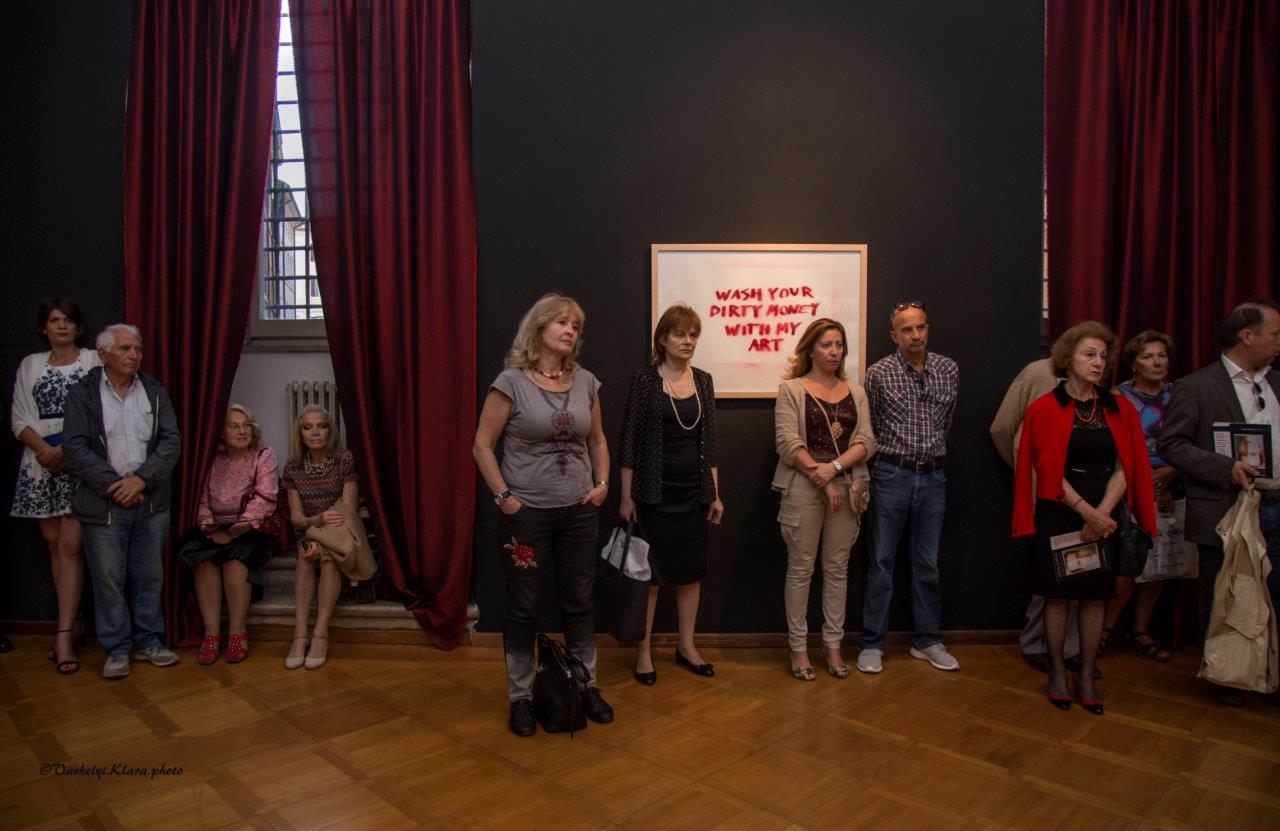
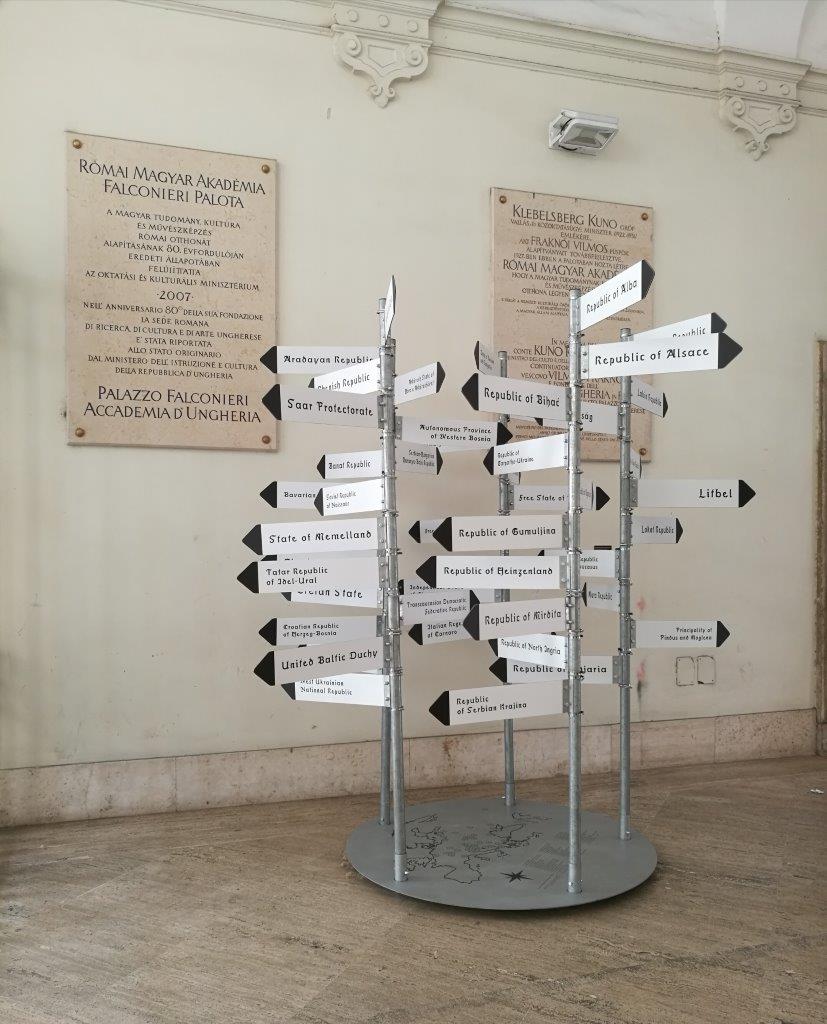

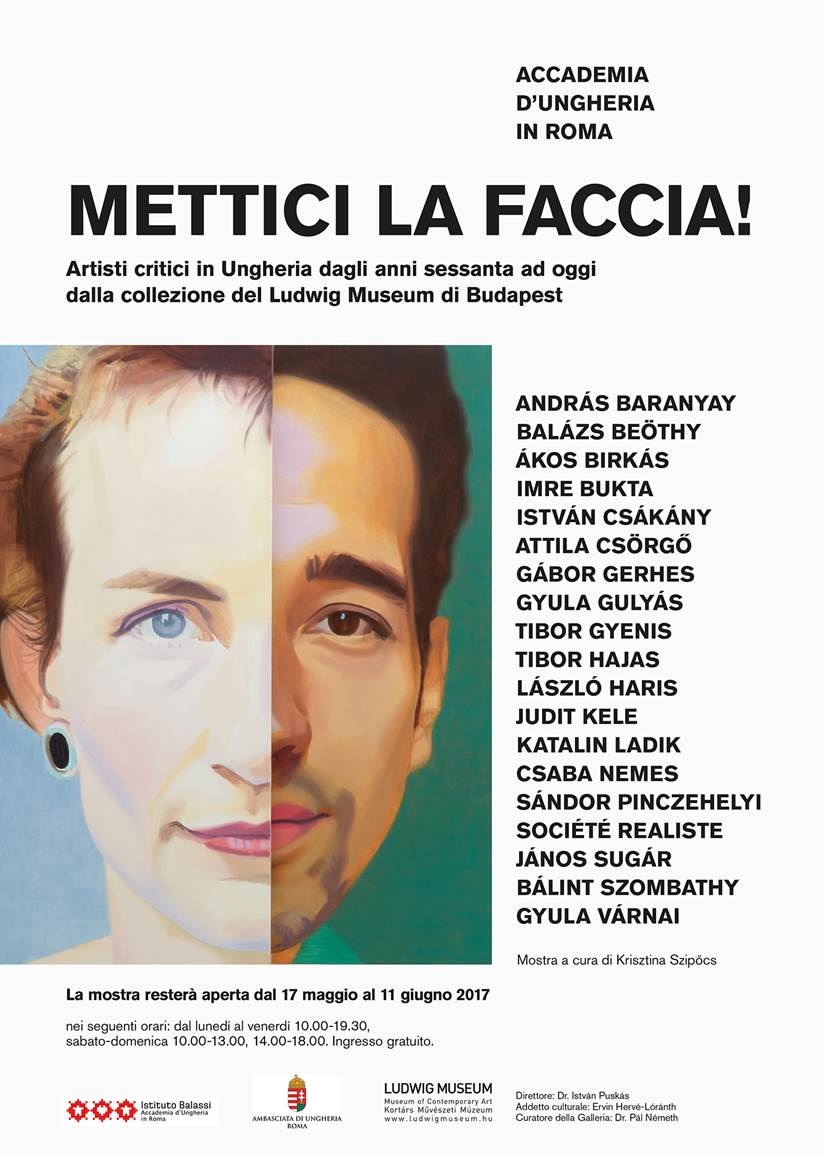
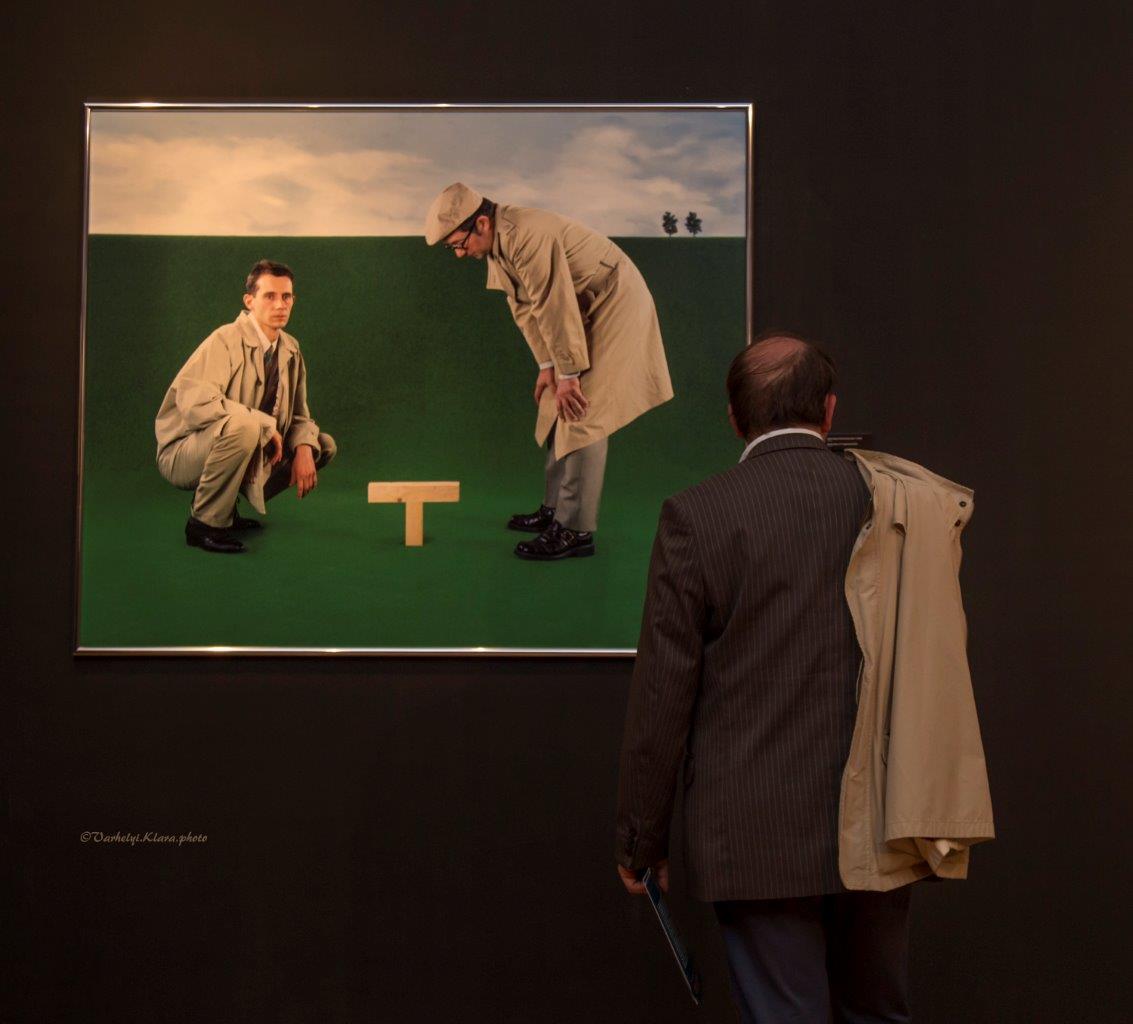
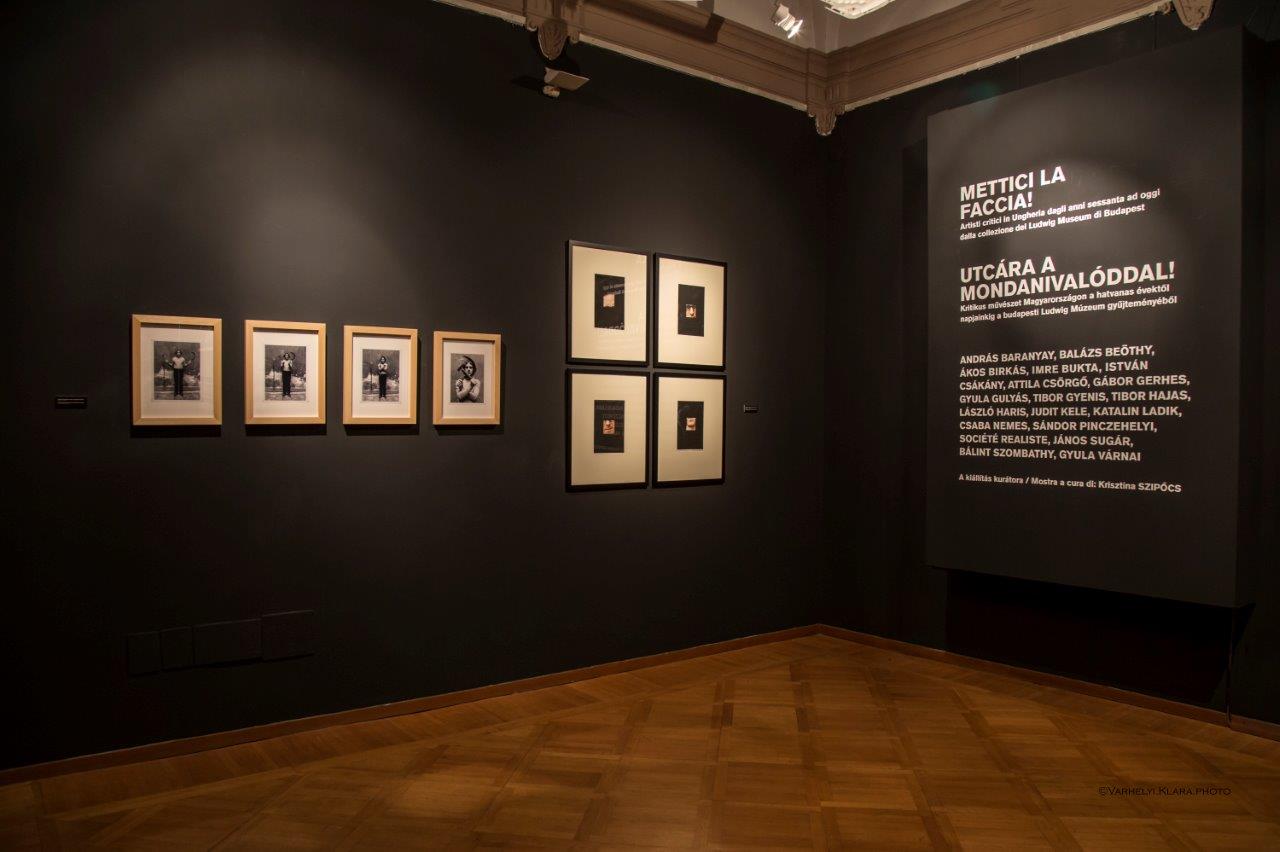
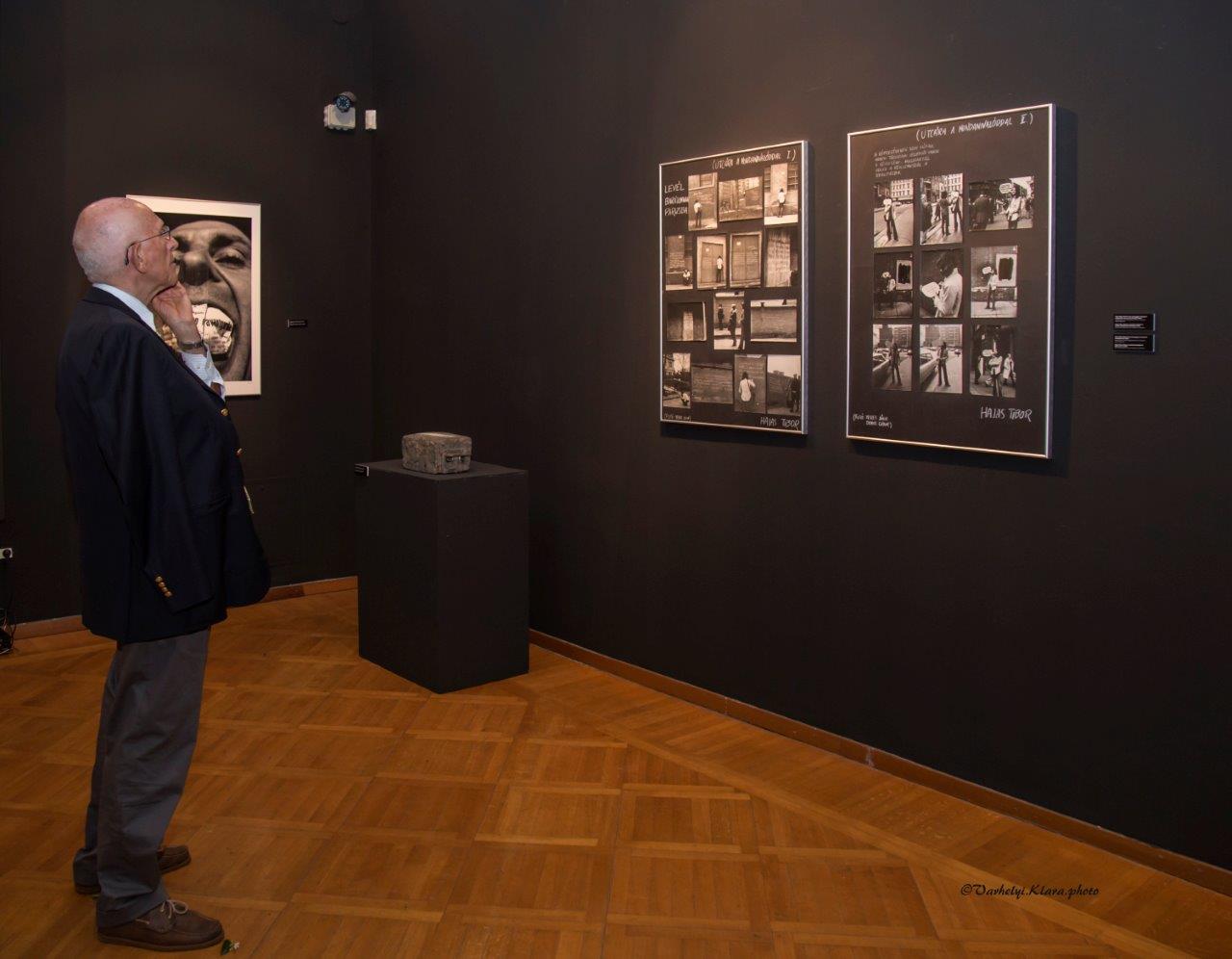
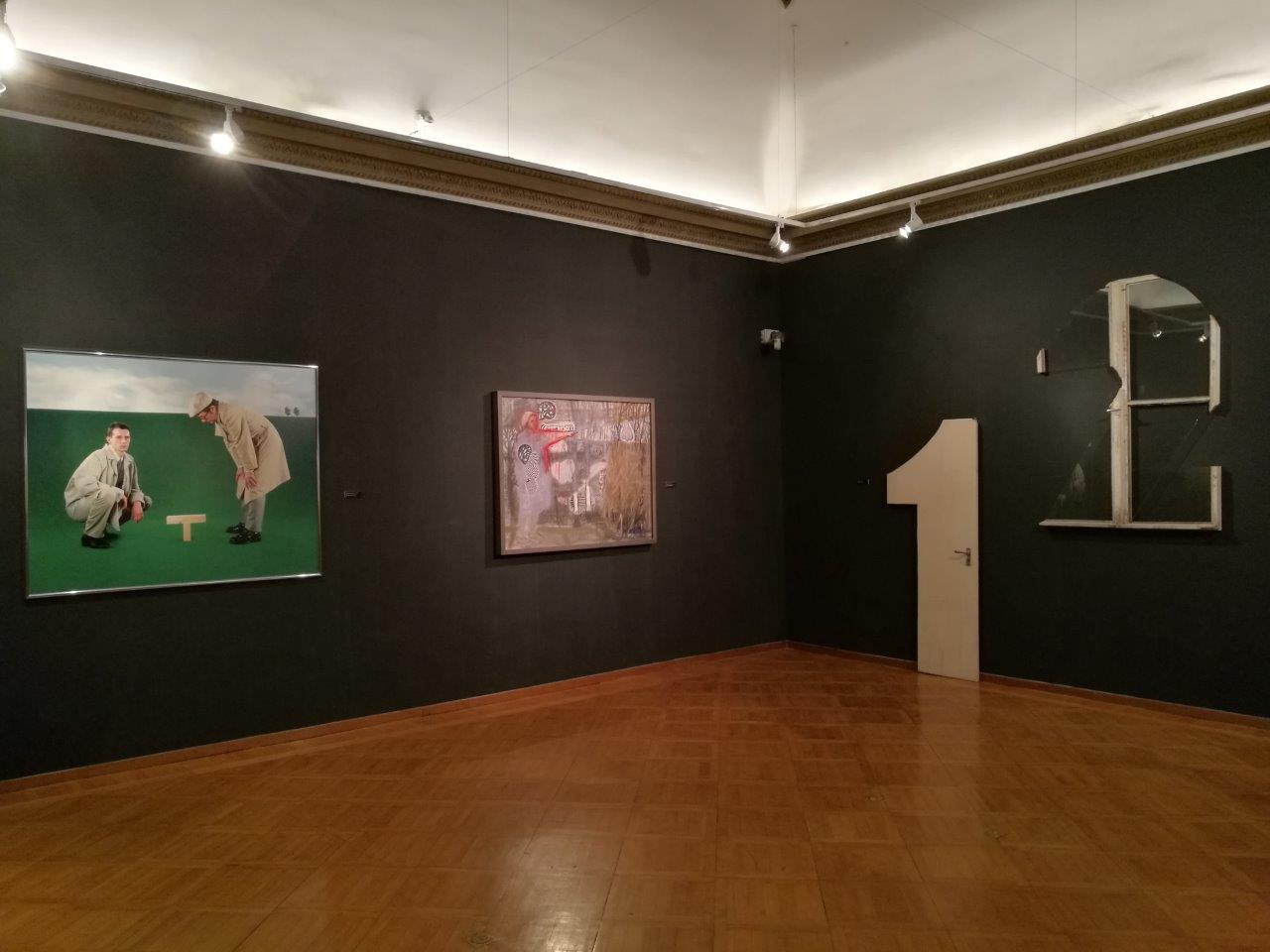

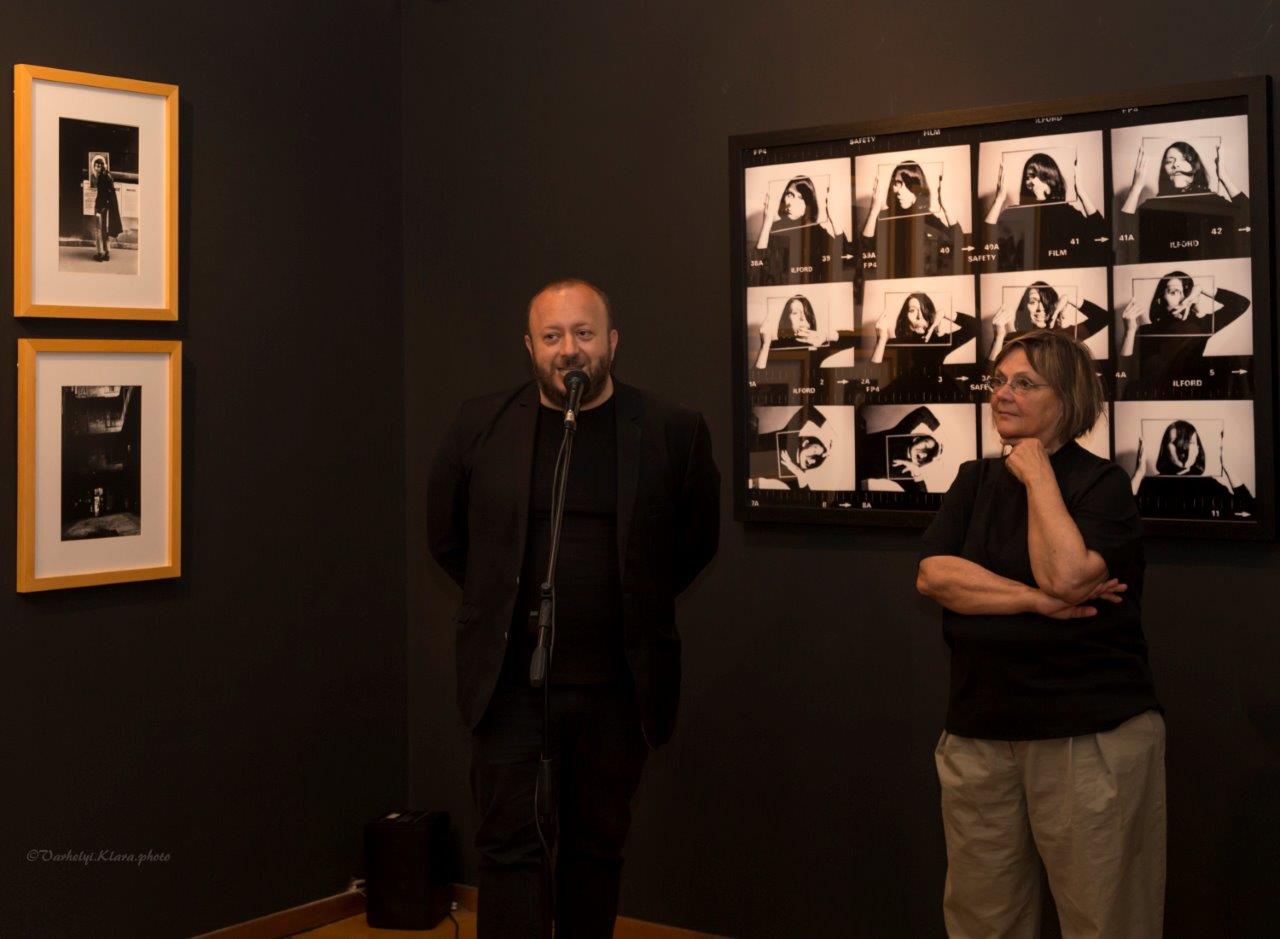
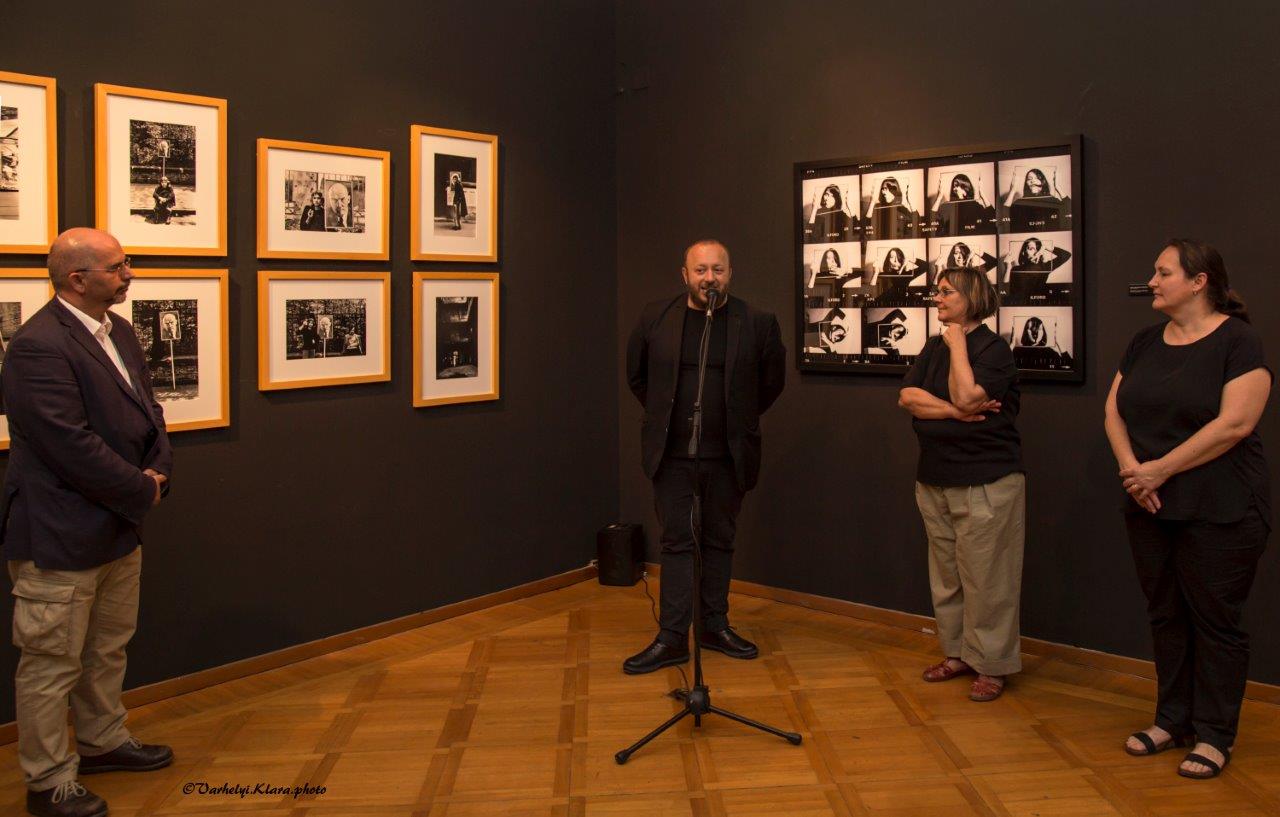
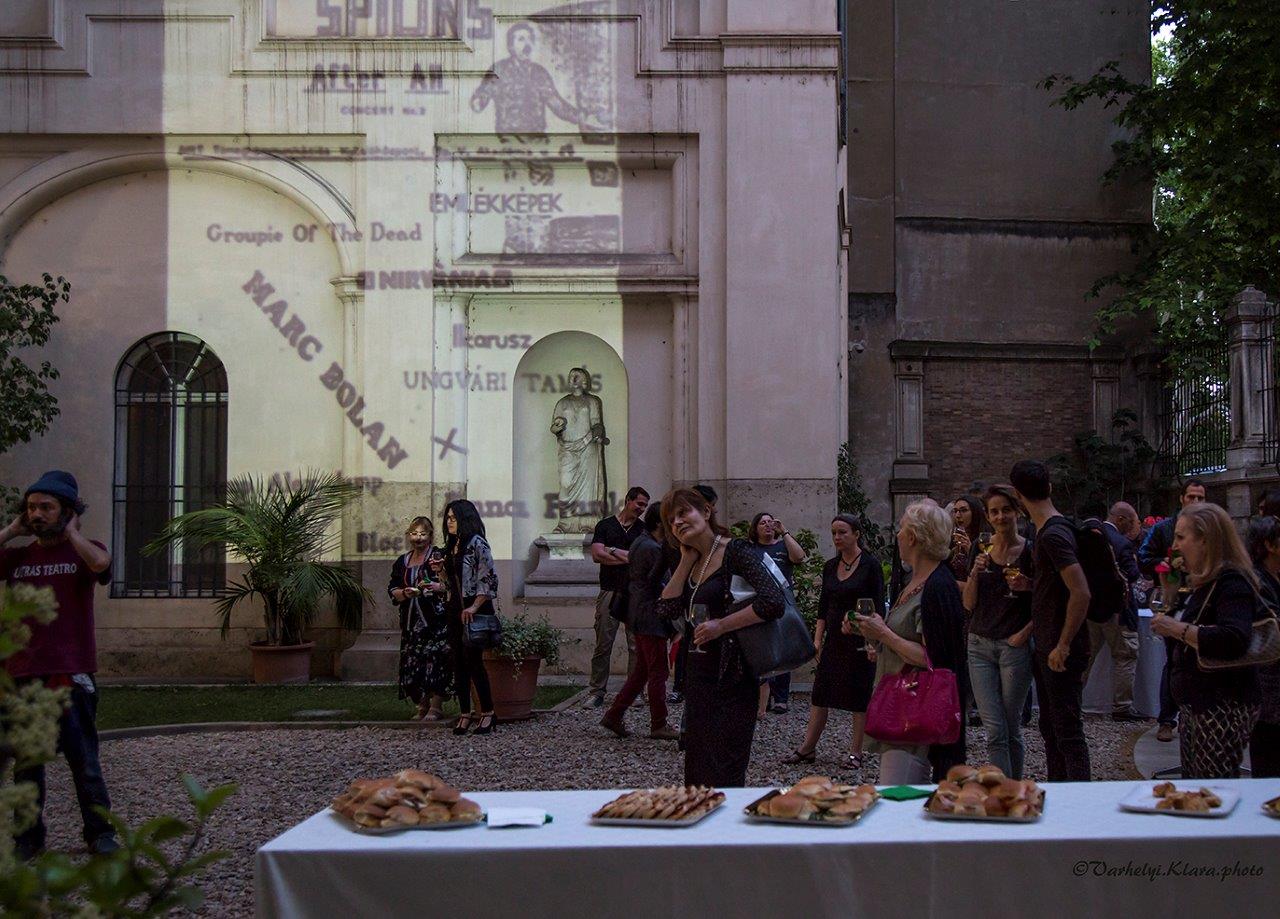
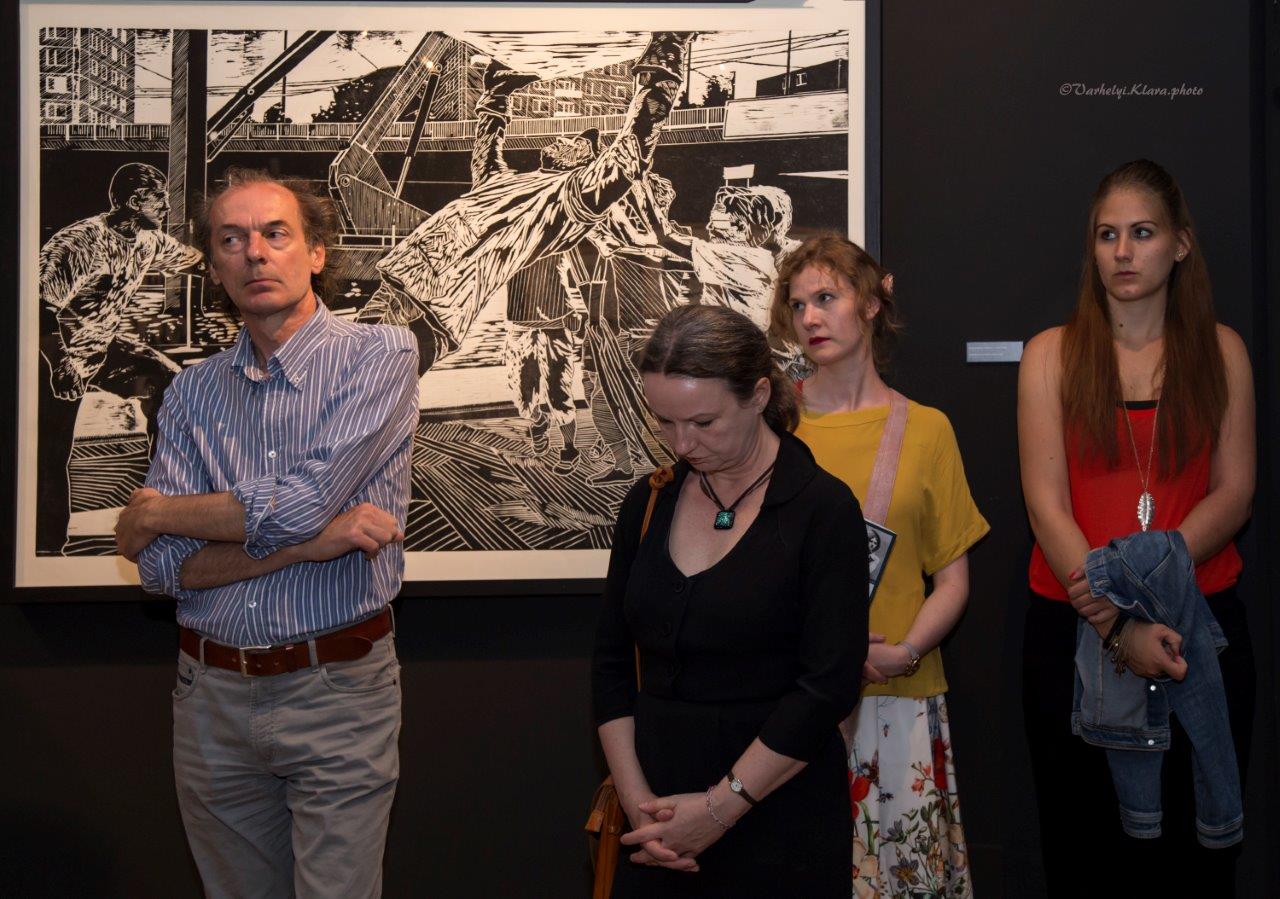
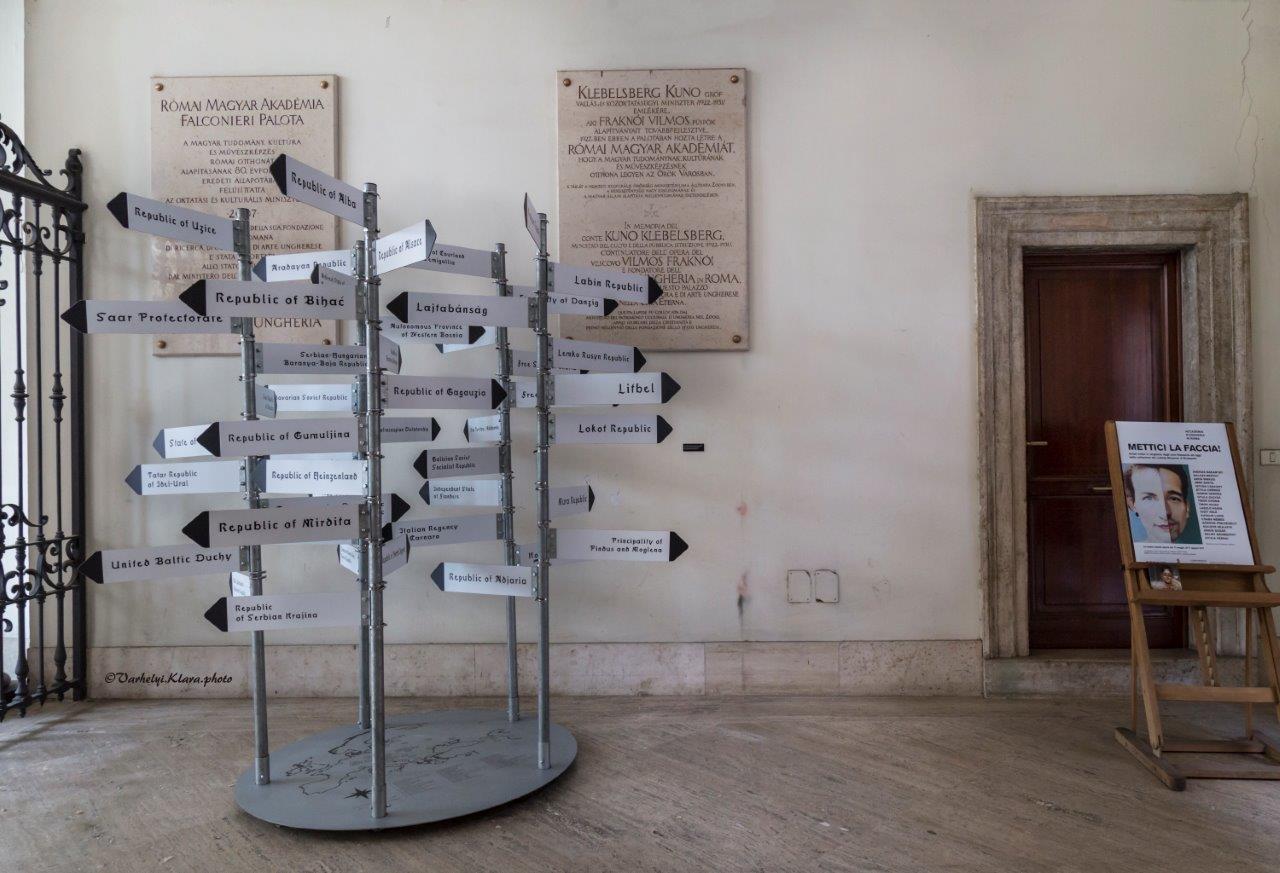
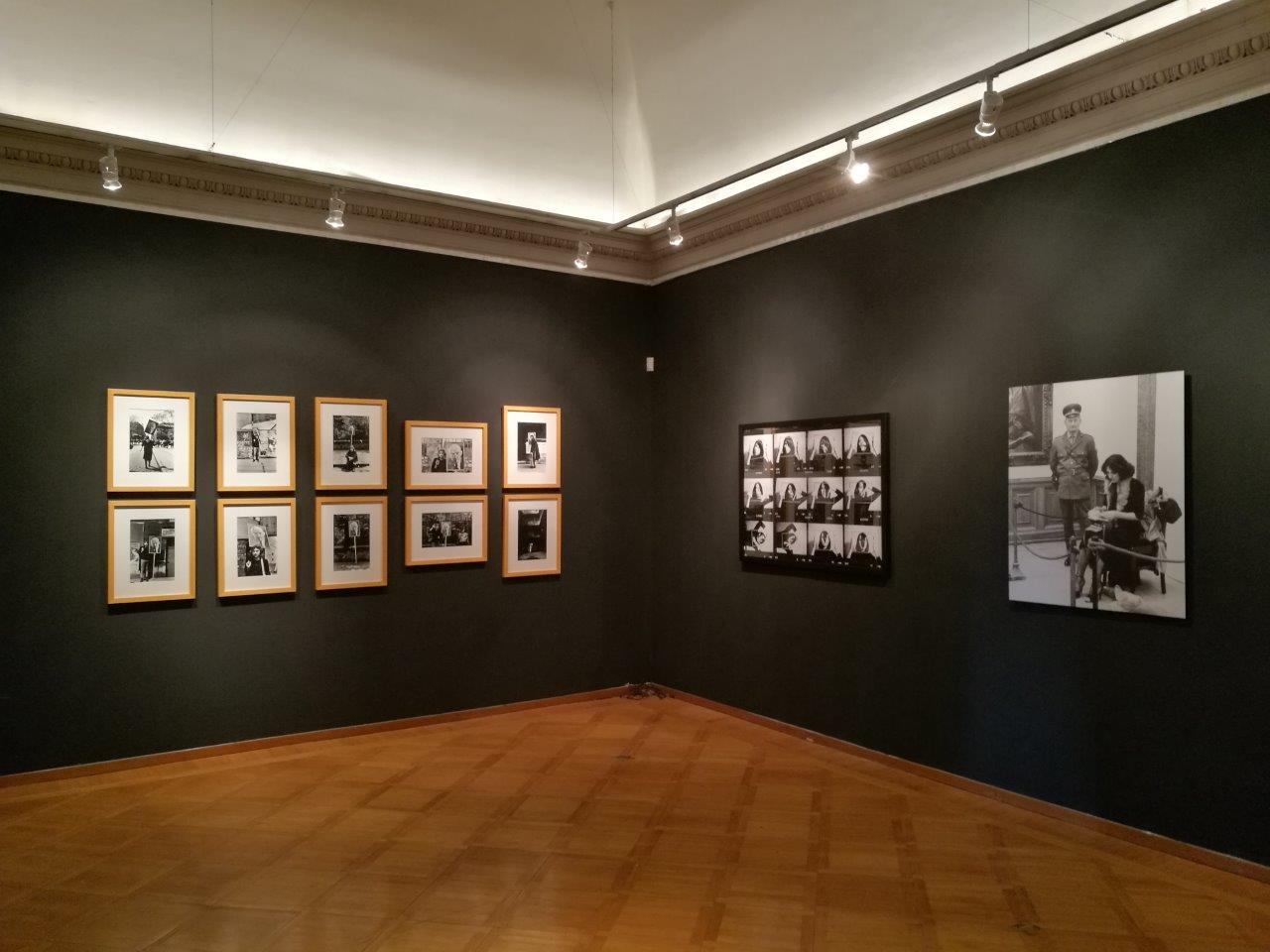
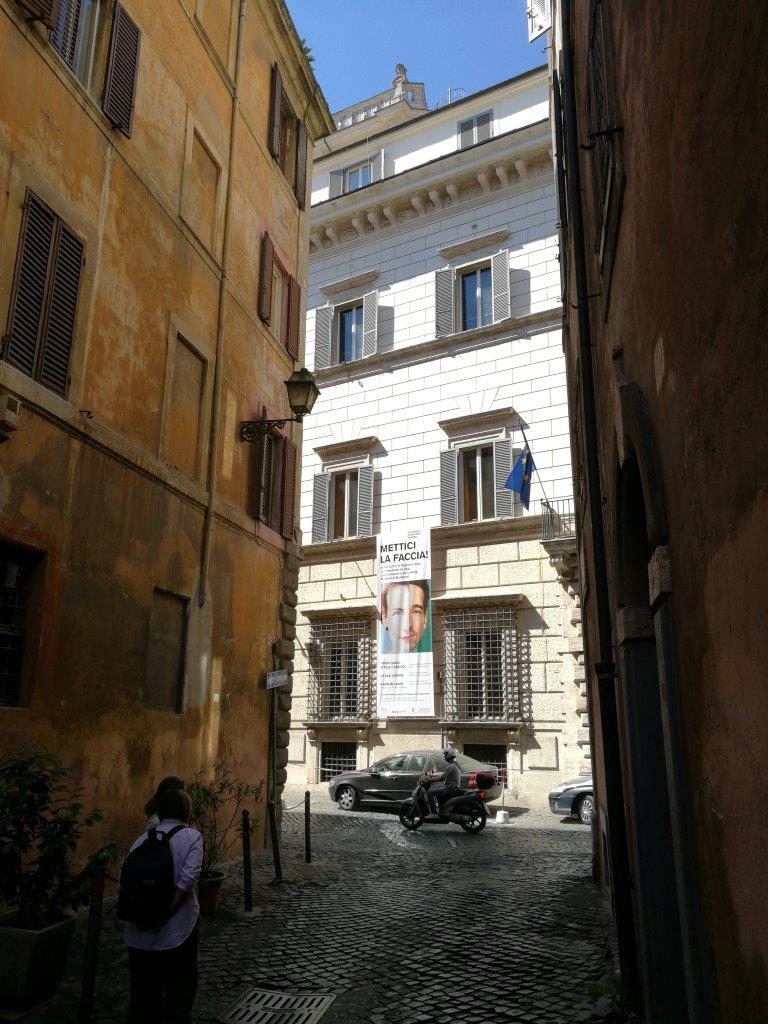
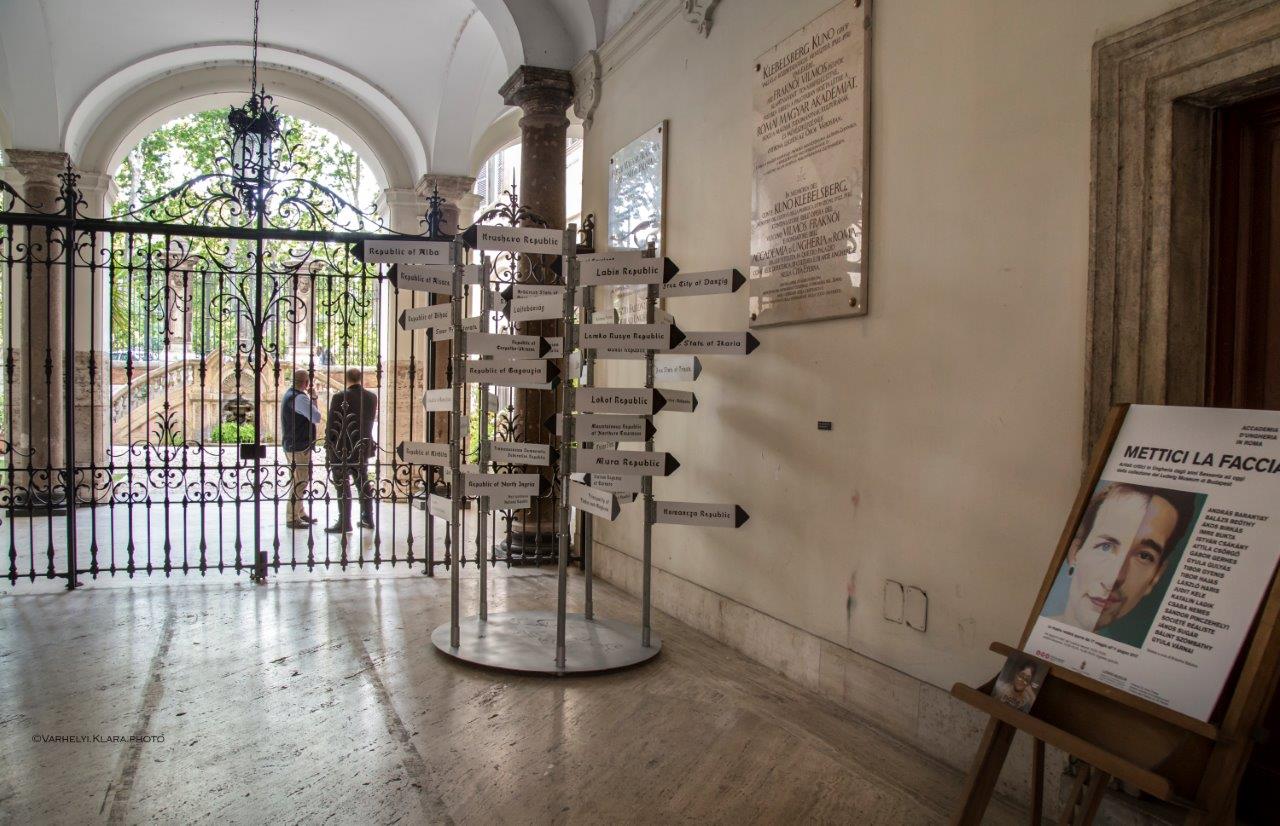
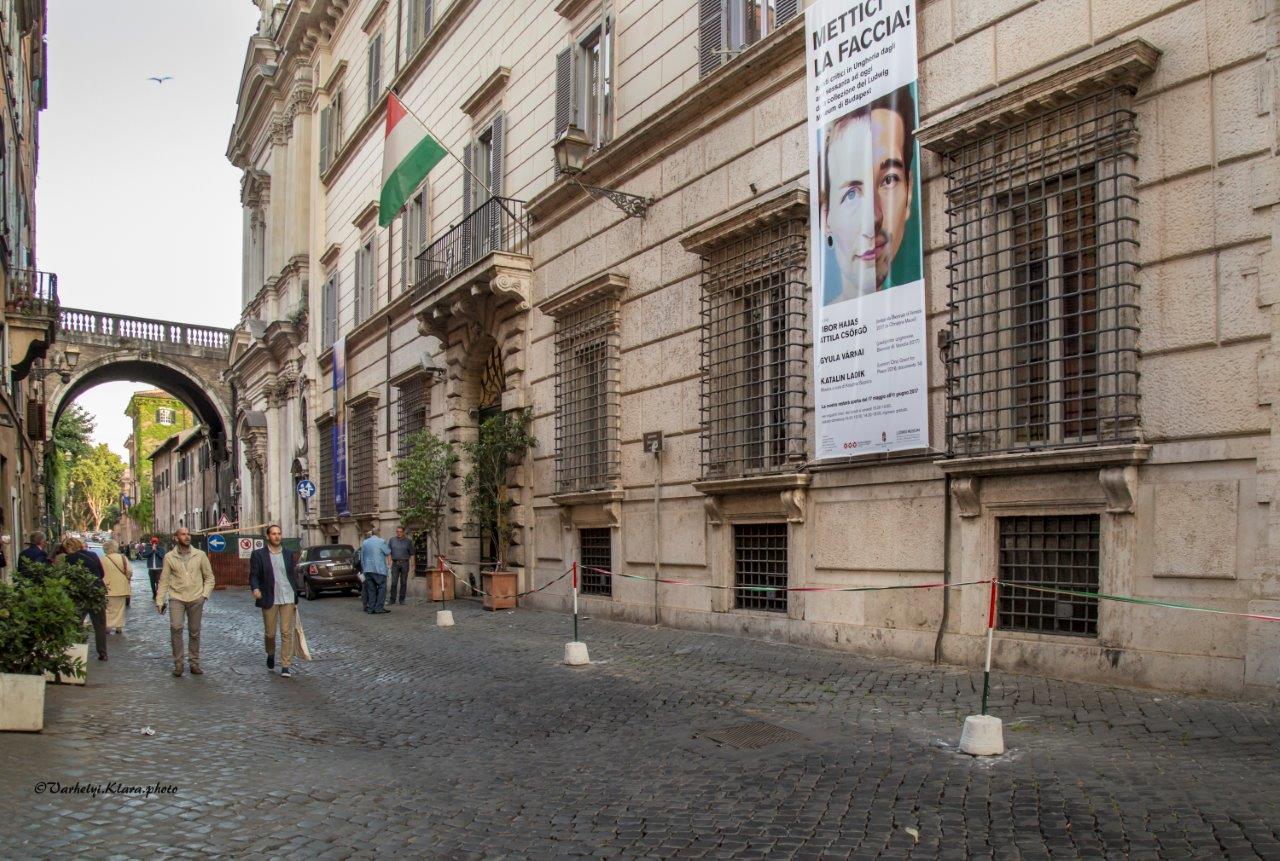


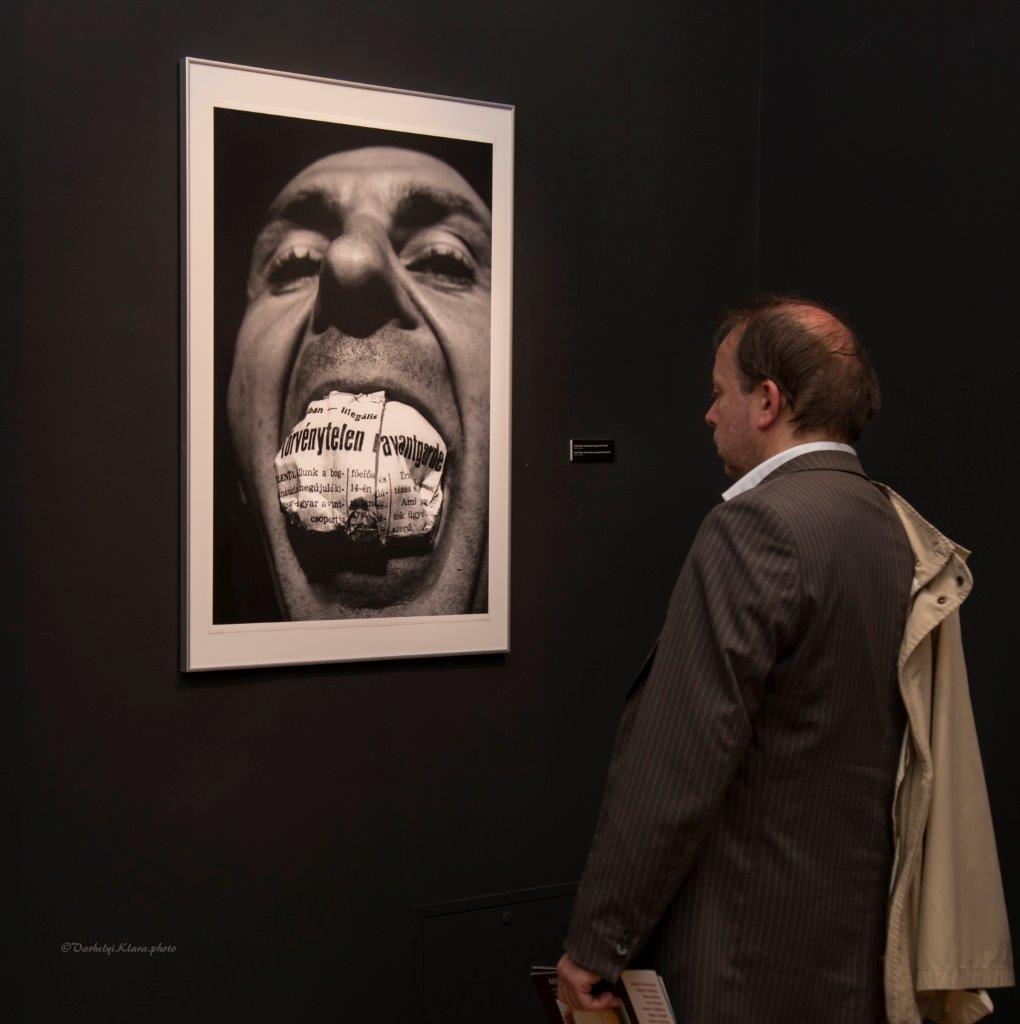

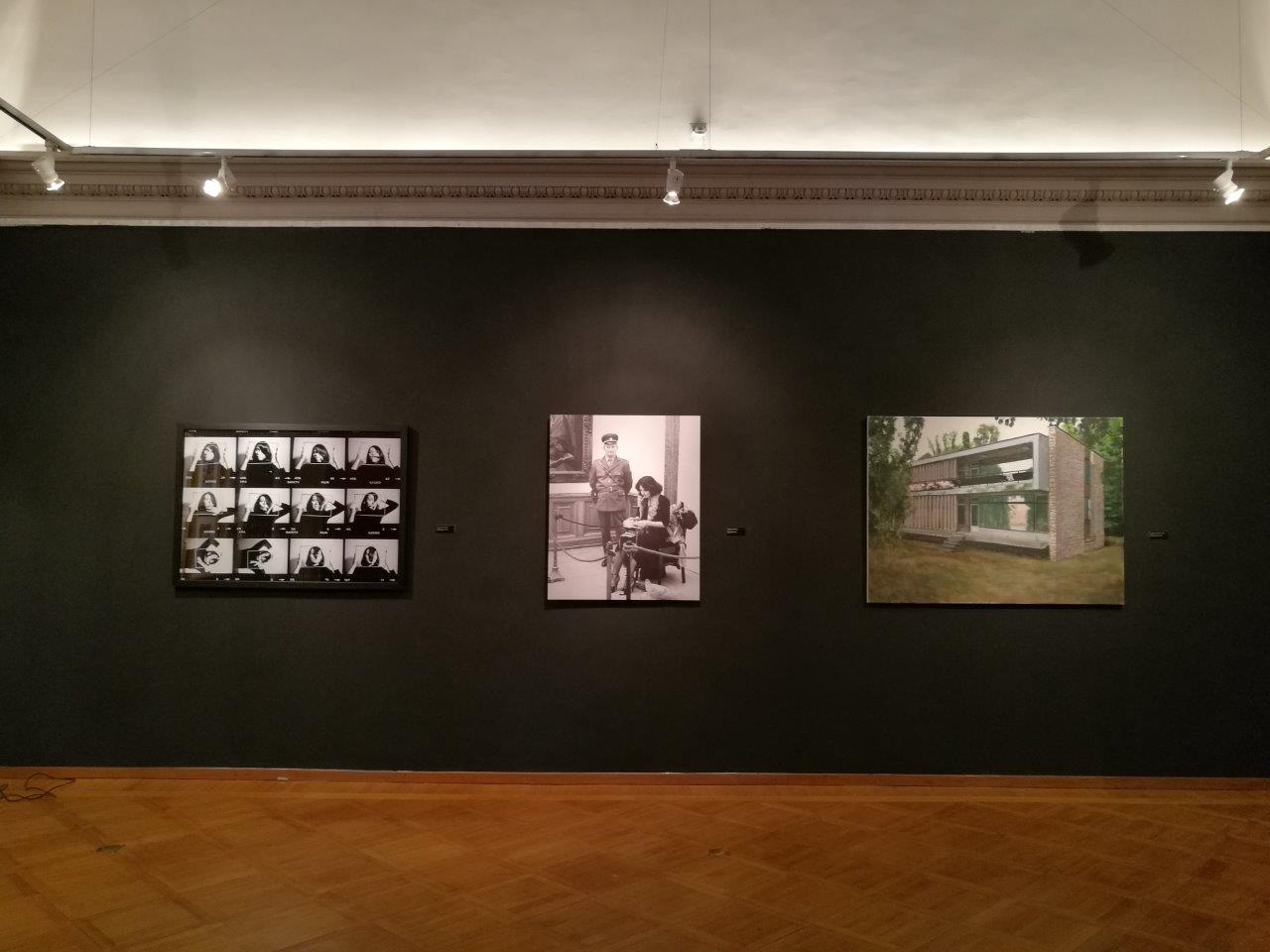
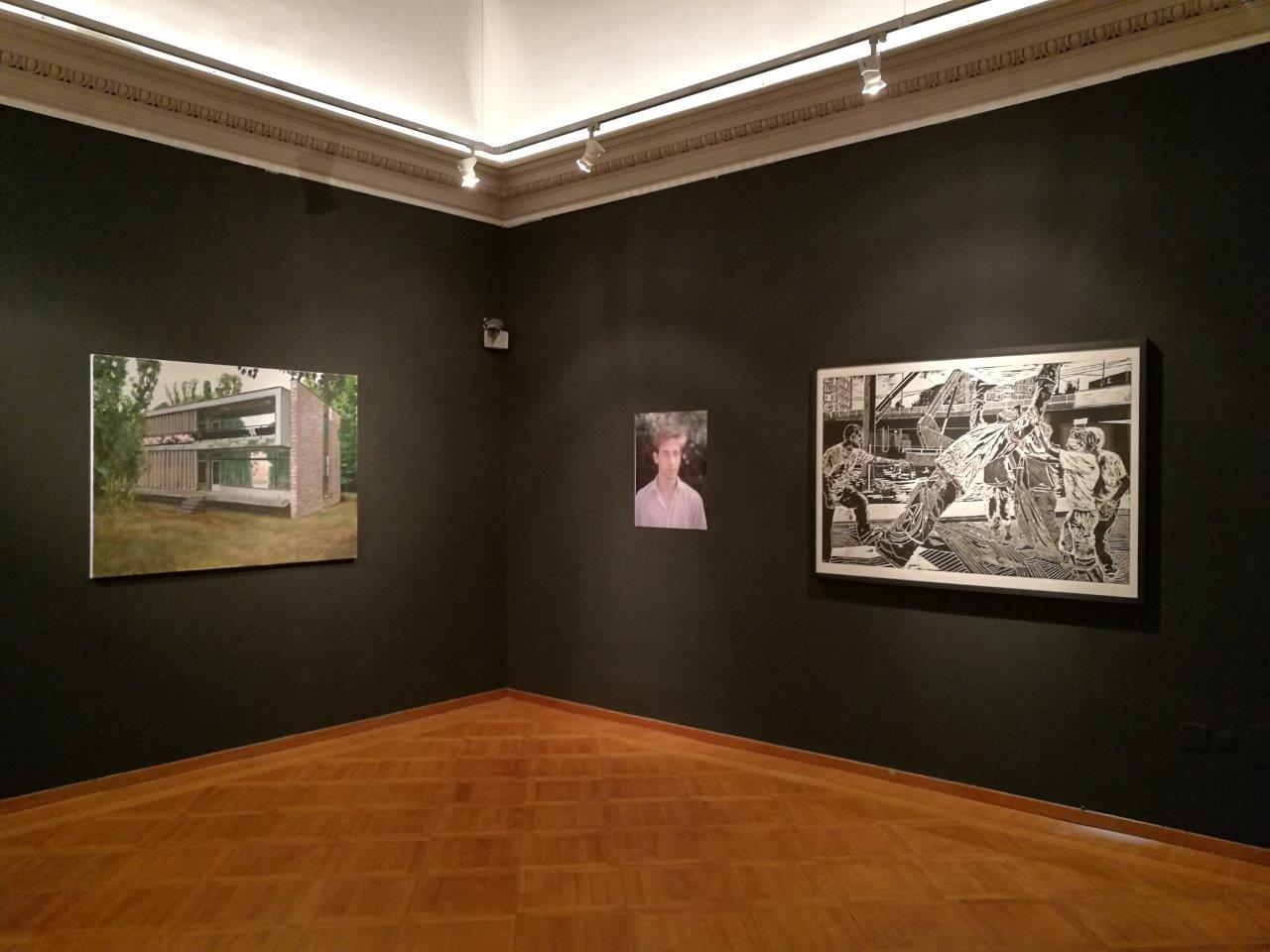
For detailed content of the documentation contact our colleague at: adattar@ludwigmuseum.hu

METTICI LA FACCIA! (To the Streets with your Message!) 17. May, 2017 – 11. June
Critical artists in Hungary from the sixties to present times
A Ludwig Museum exhibition, hosted by the Accademi Ungherese in Rome.
Curator: Krisztina Szipőcs
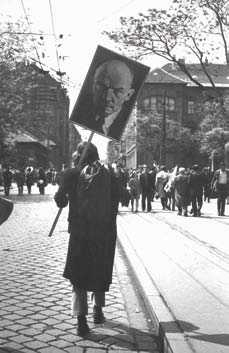
Lenin in Budapest
Born in Vojvodina in the former Yugoslavia, Szombathy started his career as a founding member of Bosch + Bosch, a group of progressive artists. Since the early seventies, he has been engaged in poetry, mail art, performance and graphic design.

Details from the Ten Superfluous GesturesV/1
Tibor Gyenis’ photographs usually record actions that feature himself as main character: the “hobby artist” doing his work against all odds.

Details from the Ten Superfluous Gestures V/III
Tibor Gyenis’ photographs usually record actions that feature himself as main character: the “hobby artist” doing his work against all odds.

Sickle and Hammer 1–4
At the beginning of the 1970s, Sándor Pinczehelyi turned his attention to the appropriation and decoding of the symbols of the labour movement, by way of creating conceptual art and graphic design.
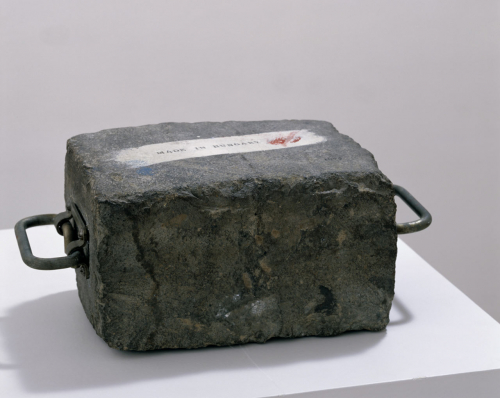
Portable Cobblestone
The Cobblestone Is the Weapon of the Proletariat: this is the title of Russian artist Ivan Shadr’s 1927 sculpture, whose reproduction was widely known in the Eastern Bloc, and which was held as a textbook example of Socialist Realism and propaganda art in the 1950s.
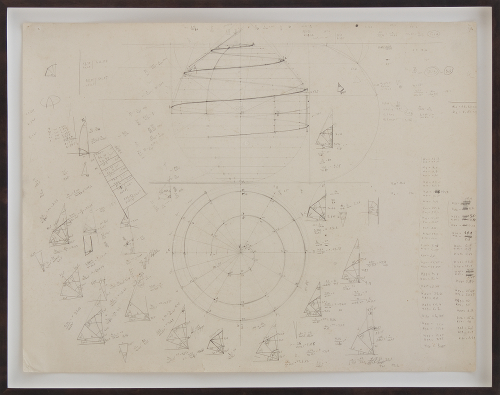
How to Construct an Orange?
Attila Csörgő’s works often represent possible solutions of complex mathematical, physical or descriptive geometrical problems, combining precise calculations and engineering design with the excitement of discovery.

Untitled (16.1SAA-M2)
Ákos Birkás produced his large paintings systematically from the mid-1980s to the end of the 1990s featuring a single motive: an oval shape filling the canvas almost completely, an abstract “head”, the countless variations of which – and the associations connected to the universal form – allowed

Finding the 'T'
In the age of the “dictatorship of images” Gábor Gerhes found the appropriate form of imaging in the realm of carefully planned staged photographs.
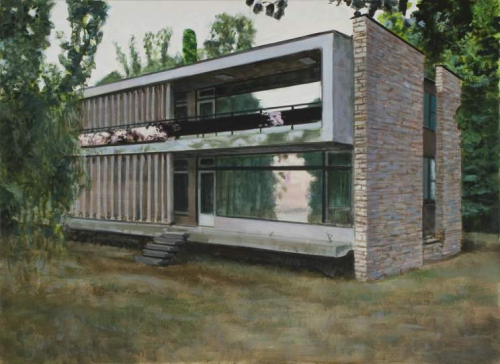
Kádár's Summer House No. 4.
The significance of the Bauhaus-style building in Csaba Nemes’ painting lies in the fact that it was this two-storey, not too spacious house where János Kádár, first secretary of the Hungarian Socialist Workers’ Party and the political leader of Hungary between November 1956 and May 1988 took a r
